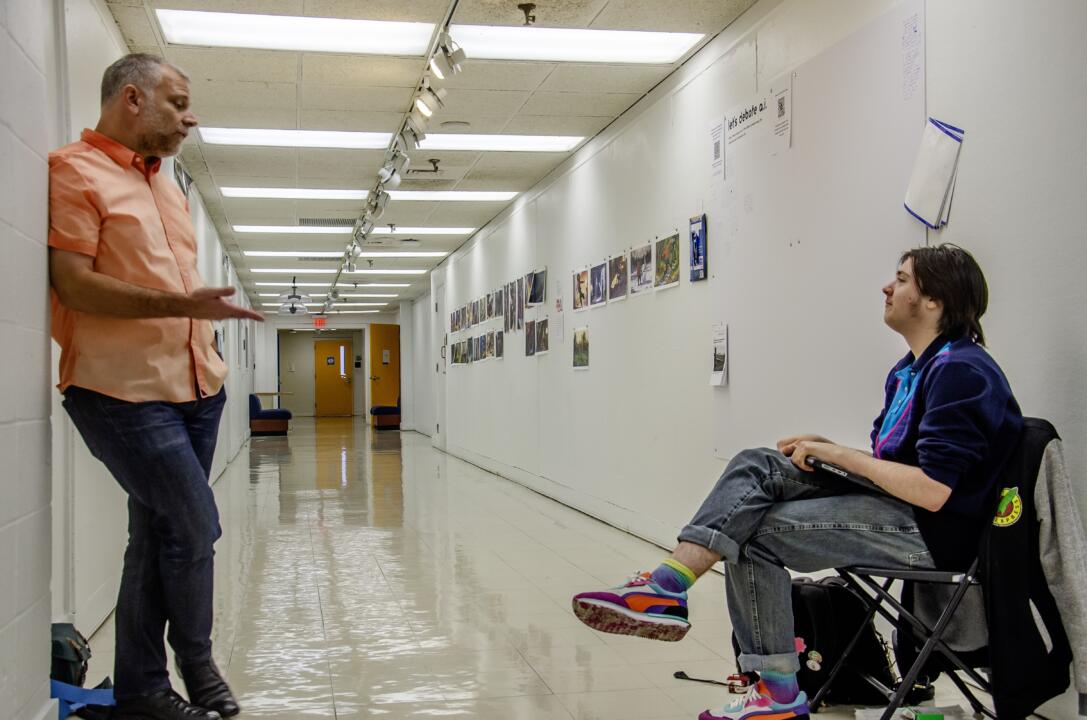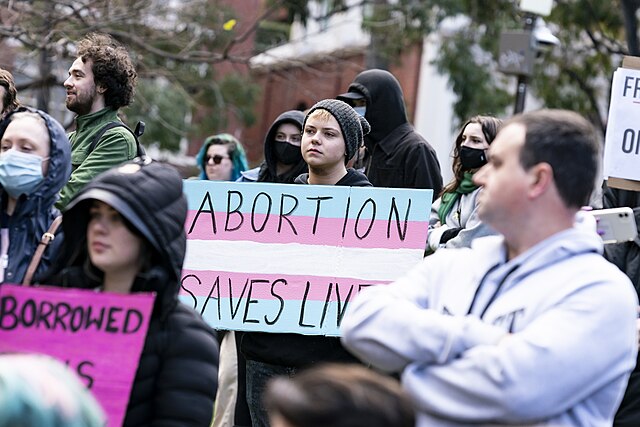Editor’s Note: This article has been updated to reflect people-first language.
Facilities Management and the Office of Accessibility and Disability Services hosted a review of their ongoing plans to renovate campus facilities to make them more accessible to students with disabilities on Feb. 5. Campus planner Celso Guitian and Student Disability Services Campus Americans with Disabilities Act coordinator Stephanie Lazarus presented an overview of these efforts, which include making more restrooms ADA-compliant, retrofitting older buildings such as Sherman Hall and addressing the broken Fine Arts elevators. Students have long made the elevators in Fine Arts the subject of mockery, with UMBC’s Facebook meme group posting memes that lampoon its frequent breakdowns and the perceived apathy of facilities.
The presentation attempted to provide a measure of transparency to efforts in campus planning, which include making renovations of Sherman Hall, the Meyerhoff Chemistry Building and the Retriever Activities Center. Guitian also emphasized the importance of making sure restrooms are ADA-compliant: “As of last year, we have 249 ADA-compliant restrooms on campus.” In order to be qualified as an ADA-compliant restroom, toilets and stalls must be designed in a way to allow enough space for wheelchair access, and must comply with specified toilet heights. Newer buildings will also have the benefit of being constructed with ADA standards applied from the outset.
The presentation’s section on the elevators in Fine Arts discussed the challenges of fixing the old elevators. John Zahor, director of Operations and Management for Facilities, said, “Back when these elevators were built, circuit boards and solid state were all the rage. Now everything’s a chip and this old technology is falling apart.” Due to the frequency of failures from the Fine Arts elevator, classes and meetings have been removed from the fifth floor as there is no other elevator that services that floor. Facilities intends to begin replacing the Fine Arts elevator in the summer of 2020.
Students with disabilities that attended this meeting voiced their criticisms about the strategy and implementation of the accessibility plan. During the presentation, former SGA Senator and psychology, anthropology and social work major Olubunmi Ayodele asked, “Why wasn’t there a plan prior to getting to this point?” Another point of contention was that the language of the presentation focused around meeting compliance standards and did not adequately aim for being inclusive of students with disabilities. The long-term renovation also generated controversy, as students who need present accommodations felt unserved by these efforts.
Further criticisms included the lack of permanent signage indicating accessible routes. Ayodele said, “It’s very taxing to walk around the whole entire campus, especially with a physical disability. I don’t understand why [after] four or five months there still isn’t signage.” Students also stated that reporting outages and failures were too cumbersome for students to navigate.
While the event has made clear the plans to make the university campus more accessible, many students with disabilities feel like these measures are insufficient and unsatisfying. These students feel like the university should be doing more to help them meet their academic goals, but how helpful these plans will be to a student with a disability currently on campus remains to be seen. For Ayodele, “It isn’t just about meeting compliance standards. It’s about feeling like a normal student on campus.”


